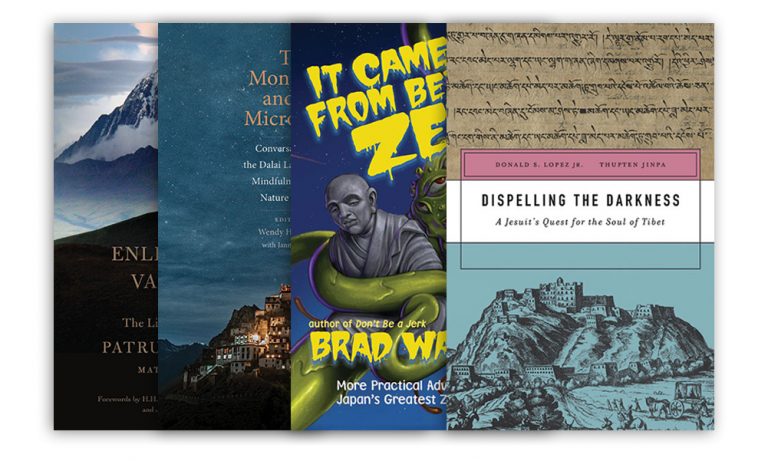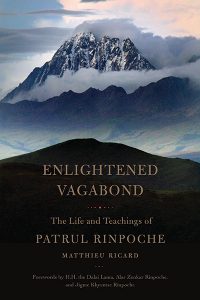
“If you have a house, you have house problems. If you have a yak, you have yak problems. If you have goats, you have goat problems!” These are the practical words of Patrul Rinpoche, the legendary 19th-century scholar and wandering yogi famous for his facility with all four schools of Tibetan Buddhism and his deep commitment to the dharma. He has inspired Buddhists across traditions, including the 14th Dalai Lama, through his now-classic text, Words of My Perfect Teacher, a guide to preliminary Nyingma practice. Although no extensive biography has yet been written, the French Buddhist monk Matthieu Ricard has provided a major contribution to the Tibetan Buddhist community with his Enlightened Vagabond: The Life and Teachings of Patrul Rinpoche (Shambhala Publications, July 2017, $24.95, 320 pp., paper), an anthology of stories and teachings from Patrul Rinpoche’s life based on both written and oral sources collected by Ricard over the past 30 years. These stories and teachings are both entertaining and profound. Many tales tell of Patrul’s encounters with his own teacher, Do Khyentse Yeshe Dorje, and Yeshe Dorje’s unorthodox teaching methods are some of the book’s gems. In one story, he shows up at the door of Patrul Rinpoche’s cave with a severed deer leg, and when Patrul Rinpoche can’t stop staring—“Do Khyentse really seems to have some sort of craving,” he thinks—the guru slaps him across the face with the leg. Just like that, Patrul lets go of his dualistic thinking. Ricard notes in his introduction that Tibetans are known for their storytelling skill, and for good reason: these colorful accounts of the daily life and teachings of an important dharma forefather might just cuff your own dualistic thought.
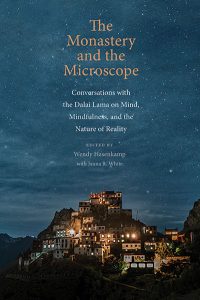
The 14th Dalai Lama is famous for his openness to scientific theory and empirical study. Since 1987, he has met with scientists and philosophers through the Mind and Life conferences to discuss how Western scientific and Tibetan Buddhist thought intersect in fields such as physics, neuroscience, and cognitive science, and explore how Buddhism’s wealth of introspective evidence can add to the scientific tradition’s “third-person” study of phenomena. The Monastery and the Microscope: Conversations with the Dalai Lama on Mind, Mindfulness, and the Nature of Reality (Yale University Press, September 2017, $38.00, 400 pp., cloth) is a collection of extracts from talks between His Holiness and scientists, philosophers, and contemplatives first presented at the 2013 Mind and Life conference in Mundgod, India. The talks touch on some of the most important and complex topics in each discipline—questions about the nature of the mind, consciousness, reality, and the laws of cause and effect—but in a concise format that makes it readable for the lay public. (Topics include “The Material Correlates of Consciousness,” “Diving into Indra’s Net: Quantum Holism and Relativity,” and “The Essence of Mind: Dualism, Mind-Body Entanglement, and Conscious Experience.”) It also includes chapters on education and secular ethics, applications of compassion training, and mindfulness in clinical psychology, providing a survey of the disciplines’ shared sites of inquiry. With talks from figures such as Richard Davidson, founder of the Center for Healthy Minds, and Thupten Jinpa, the Dalai Lama’s principal English translator, the book will stoke the curiosity of anyone interested in the meeting of modern science and religion.
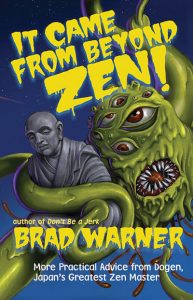
Brad Warner, whose previous books include Sex, Sin, and Zen and Sit Down and Shut Up, may just be Zen’s most irreverent practitioner. In his latest work, It Came from Beyond Zen: More Practical Advice from Dogen, Japan’s Greatest Zen Master (New World Library, October 2017, $16.95, 368 pp., paper), his humorous, down-to-earth take on Soto Zen founder Eihei Dogen’s important—and difficult—Shobogenzo brings Dogen’s collection of essays on buddhanature and practice to life for a contemporary reader. But just because Warner has a sense of humor doesn’t mean he isn’t serious: an ordained Soto priest himself, Warner has studied the text for decades, and his ability to synthesize the writing of Japan’s great sage and discuss the extant English translations is truly impressive.
As Warner notes, it took a long time for Dogen to find an appreciative audience, but it won’t take centuries for Warner’s newest work to strike a chord with readers.
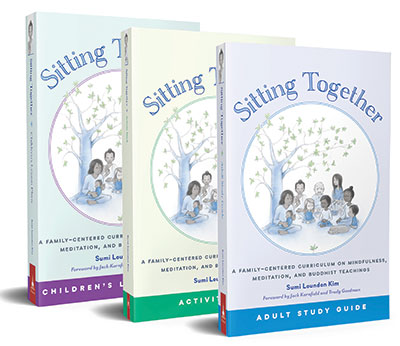
Research shows that children who grow up with an engaged and positive relationship to spirituality experience lower rates of depression, substance abuse, and risk-taking behavior during their teenage years. Parents, then, who hope to pass these benefits along to their kids will appreciate Sitting Together: A Family-Centered Curriculum on Mindfulness, Meditation, and Buddhist Teachings (Wisdom Publications, June 2017, $64.95, 712 pp., paper).
Buddhist chaplain and minister Sumi Loundon Kim has compiled this thorough three-volume book set for parents and educators to introduce children to Buddhist thought and practice. The three books comprise an Adult Study Guide with 36 lessons for adult learners and teachers; Children’s Lesson Plans; and an Activity Book with puzzles, crafts, coloring pages, songs, and games.
A chaplain at Duke University, Kim also teaches for the Buddhist Families of Durham, a mindfulness-based parent-and-child program, and her experience as an all-ages educator shows: The books are organized with ease of use in mind, and the three volumes are easily cross-referenced. In the first volume’s lesson on “mindfulness of the body,” for instance, she presents the five hindrances (the things that hinder one’s ability to meditate, such as sleepiness or restlessness) for adults. The corresponding lesson in the children’s lesson book explains how to lead a classroom of students in a mindfulness of the body meditation (a script is helpfully included). And the third volume, the activity book, has a coloring book page featuring a little piggy that learns to relax its body. Children learn best through their senses, Kim notes, and her hope is that the stories, songs, and games in the third volume will help them develop a lifelong sense of wonder and connection.
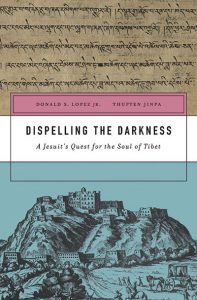
Ippolito Desideri is the best known of the Jesuit missionaries who traveled to Tibet in the 18th century CE, if also an unsuccessful one. During the seven years he spent in Tibet and Ladakh, India, he converted few Buddhists to Christianity, and there exist no Tibetan records of his time there. Yet Desideri’s name is important to scholars and historians today because he was the only European to compose a refutation of two core notions of Tibetan Buddhism—reincarnation and emptiness—in Tibetan, demonstrating the classical Tibetan style of scholarship. Desideri’s two refutations, Inquiry Concerning the Doctrines of Previous Lives and Emptiness and Essence of the Christian Religion, together with his Historical Notices of Tibet, written in Italian, languished unread in the Jesuit archives for centuries, but in the 1950s, an Italian Tibetologist published an annotated edition of Historical Notices. Now, professor Donald S. Lopez Jr. and translator and scholar Thupten Jinpa have published Dispelling the Darkness: A Jesuit’s Quest for the Soul of Tibet (Harvard University Press, April 2017, $29.95, 320 pp., cloth), in which they have translated part of Desideri’s refutations into English for the first time and provided extensive annotations to situate them in the history and context of the Buddhist-Christian encounter: during a time when many Christian critics simply dismissed Buddhist thought as ignorance, Desideri ventured to meet the Tibetans on their own terms.
Thank you for subscribing to Tricycle! As a nonprofit, we depend on readers like you to keep Buddhist teachings and practices widely available.
